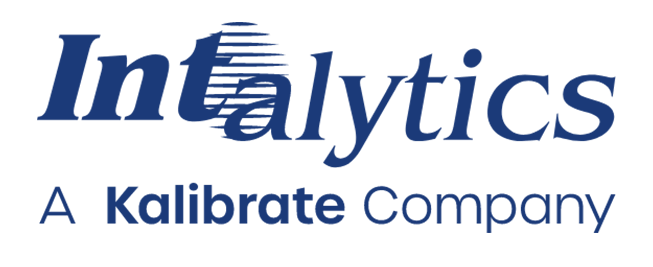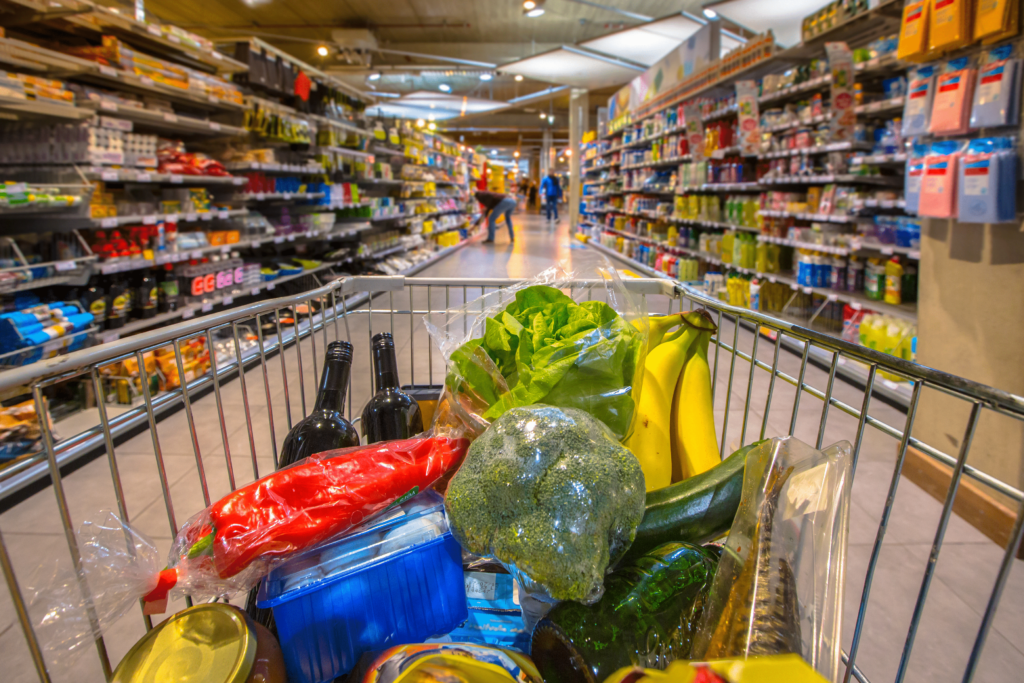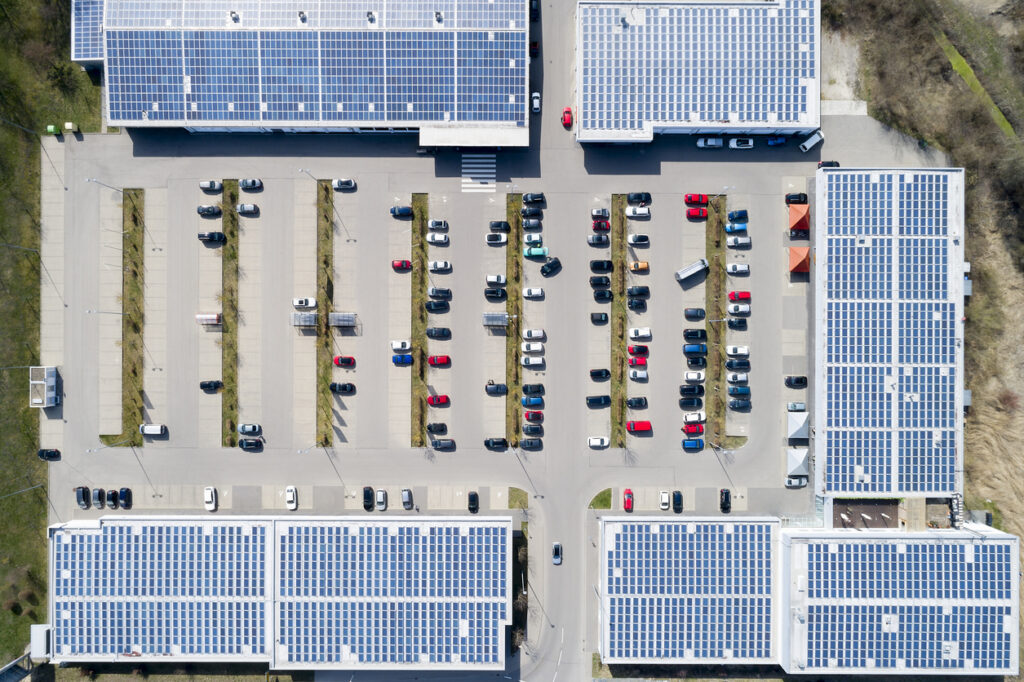Massive Mobile Data – Poised to Revolutionize Predictive Analytics

The retail predictive analytics industry has seen several technology and data innovations over its history that have been truly revolutionary, including:
- Geographic Information Systems – the ability to manipulate vast amounts of geographic data on an automated basis.
- Household Level Datasets – the ability to profile consumers down to the household level, providing significant incremental precision for customer profiling efforts.
Massive mobile data represents a new technology that is proving to be just as revolutionary as these earlier innovations. In brief, massive mobile data comprises counts of geographic observations concerning the locations of mobile devices. While the sheer volume of data can be daunting (our current partner is producing data at the rate of ~300 billion observations a year, and will likely double that level in the next six months), an analysis of the resultant trends can be very illuminating.
There are two primary sources for massive mobile data: cell phones and location-enabled applications. An overview of their advantages and drawbacks are summarized below:
- Cell Phones – cell phones are virtually ubiquitous in the U.S. today and represent a vast data source. Unfortunately, current cell phone technology and data storage constraints result in relatively low levels of accuracy, such that a cell phone signal that appears to be originating from a store or restaurant may well be coming from 2-3 units away. This may be adequate when assessing a large regional shopping center or sports stadium but is unreliable for individual stores and restaurants.
- Location-Enabled Apps – the observation counts from location-enabled apps are not as numerous as cell phone signals – users need to have downloaded an app, and then either has enabled the ability for the app to track their location (for some providers), or have an ad pop up (for other providers). The primary benefit of location-enabled apps is that they can provide a significantly higher level of locational accuracy, with significantly more utility as a result.
There are several ways in which massive mobile data can be of benefit to retailers and restaurants:
- Customer Distribution Data – for retailers who don’t have a sales transaction database that includes customer address information (such as most quick-service restaurants), massive mobile data represents an alternative means of distributing sales over geography. (As an aside, this data can be used just as effectively to determine the geographic distribution of a competitor’s customers).
- Competitive Activity – massive mobile data can be used to estimate the relative customer traffic (and thereby sales volume) of competitive units.
- Cross-Shopping Activity – massive mobile data can be used to determine what other competitive or complementary stores or restaurants are patronized by customers (i.e., what proportion of Target’s customers cross-shop Walmart on a regular basis).
The partnership that we have forged with our most recent massive mobile data provider is only 2 months old, and we recognize that we have only scratched the surface concerning the underlying applications. We look forward to reporting on ongoing developments in the months to come.
Related News
Carousel items












